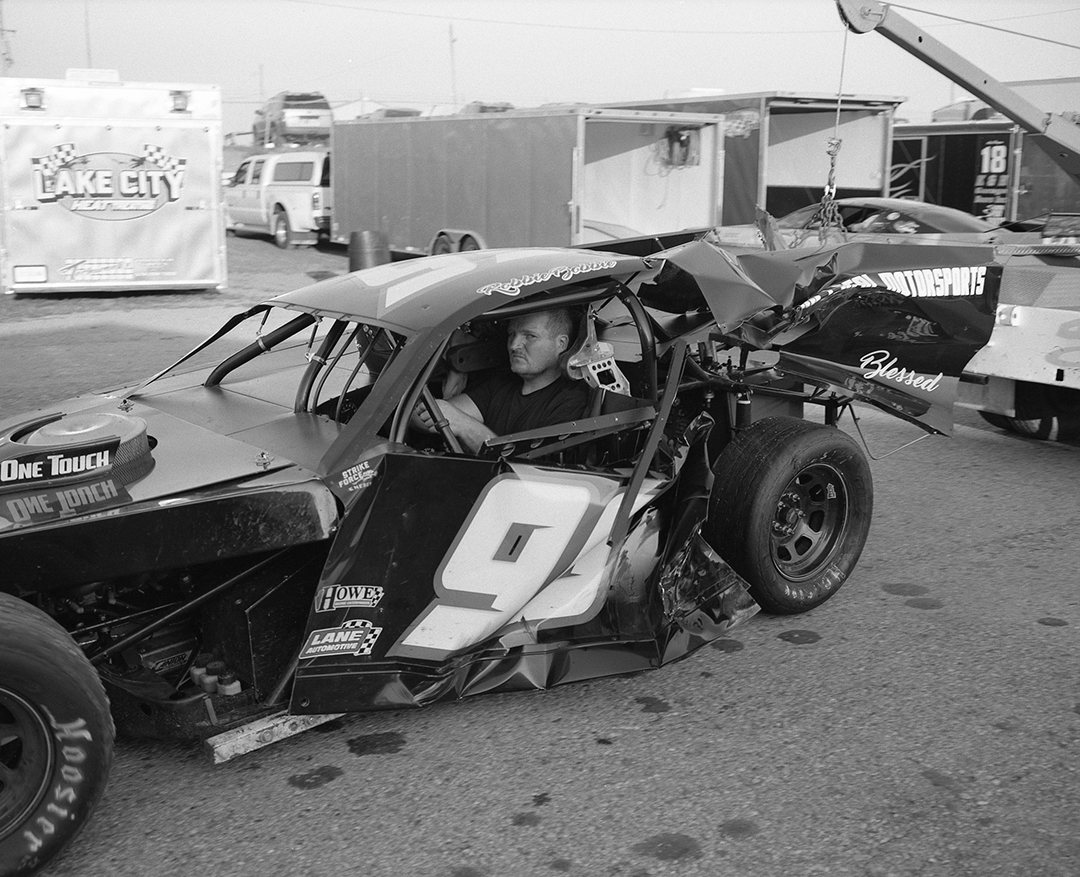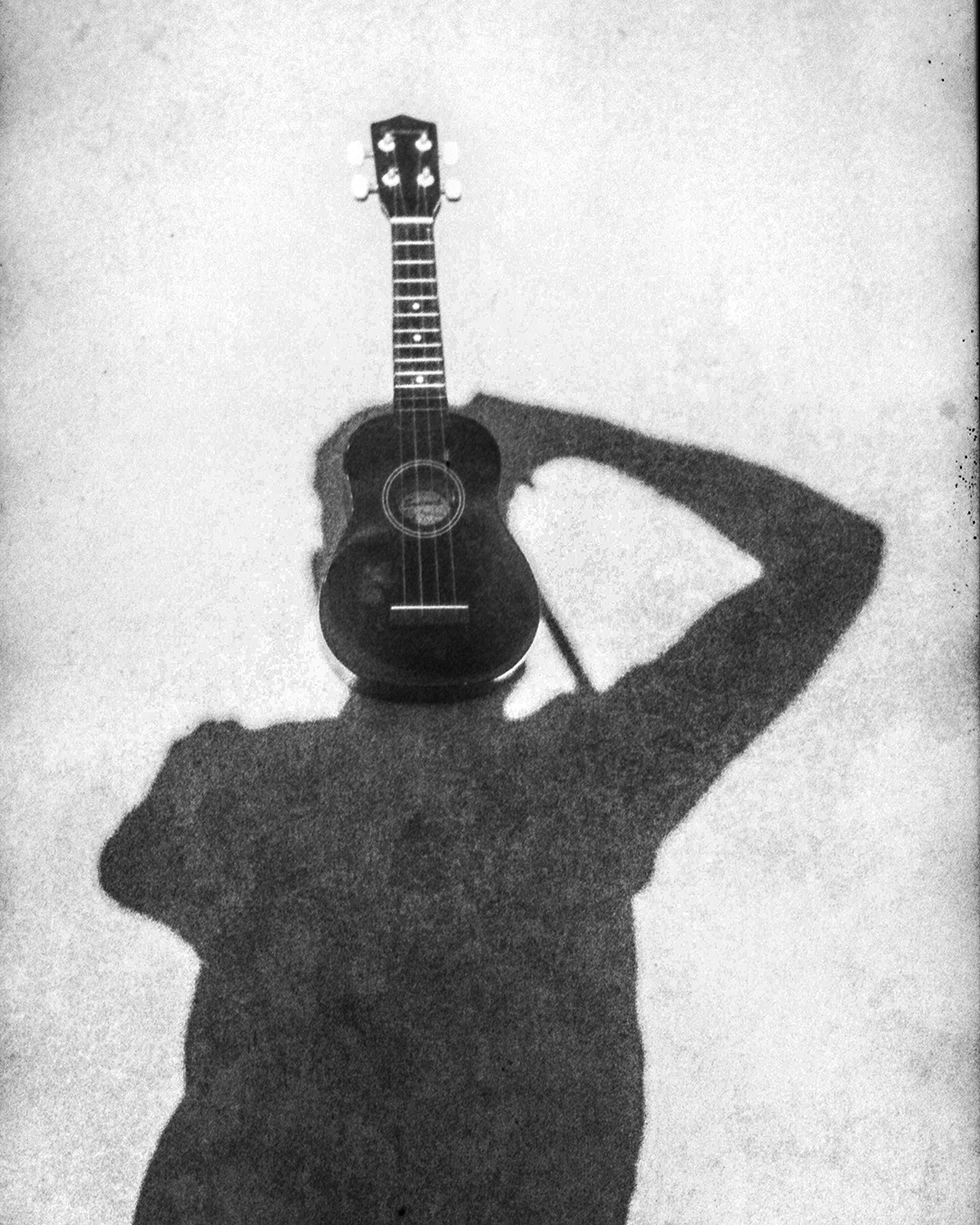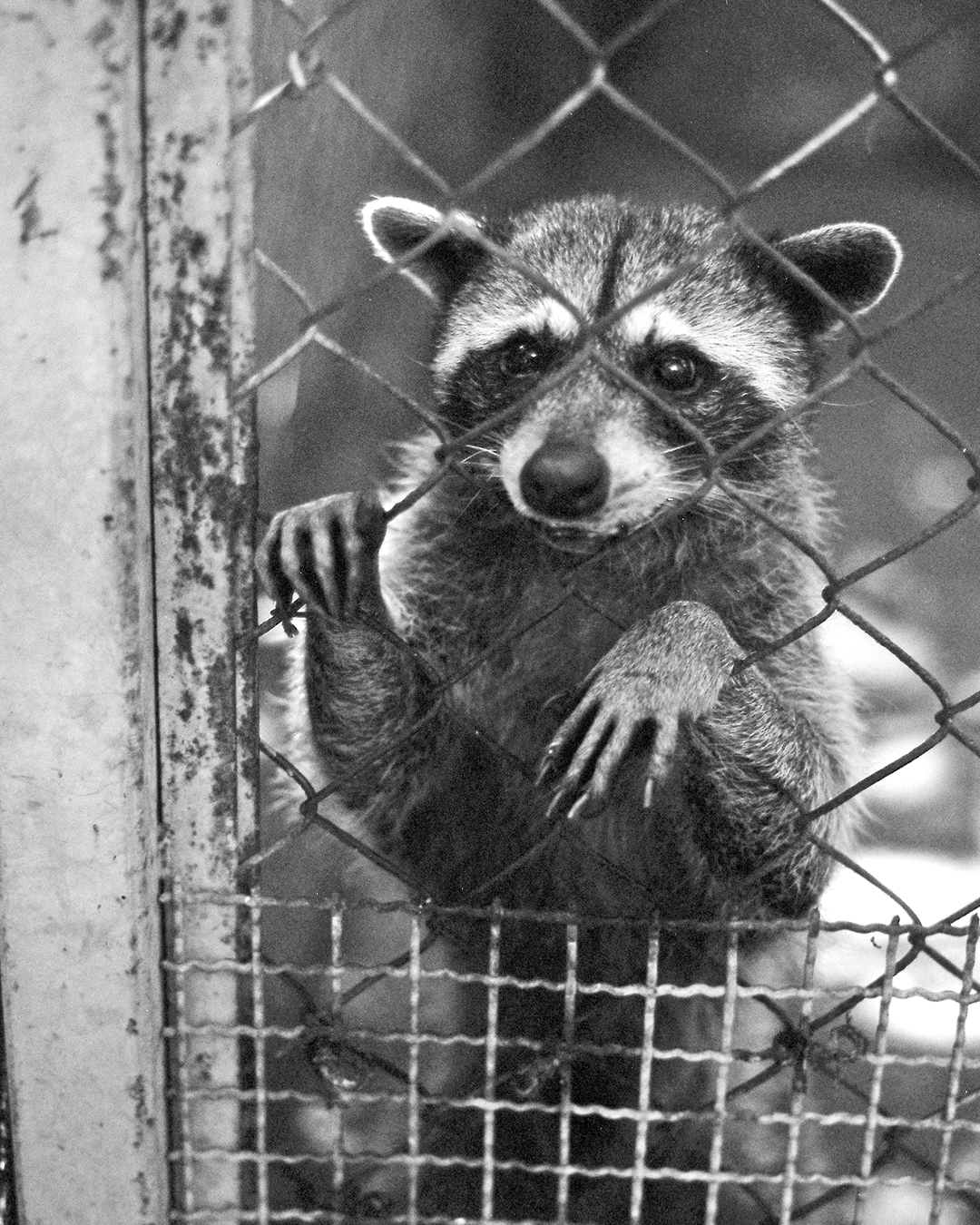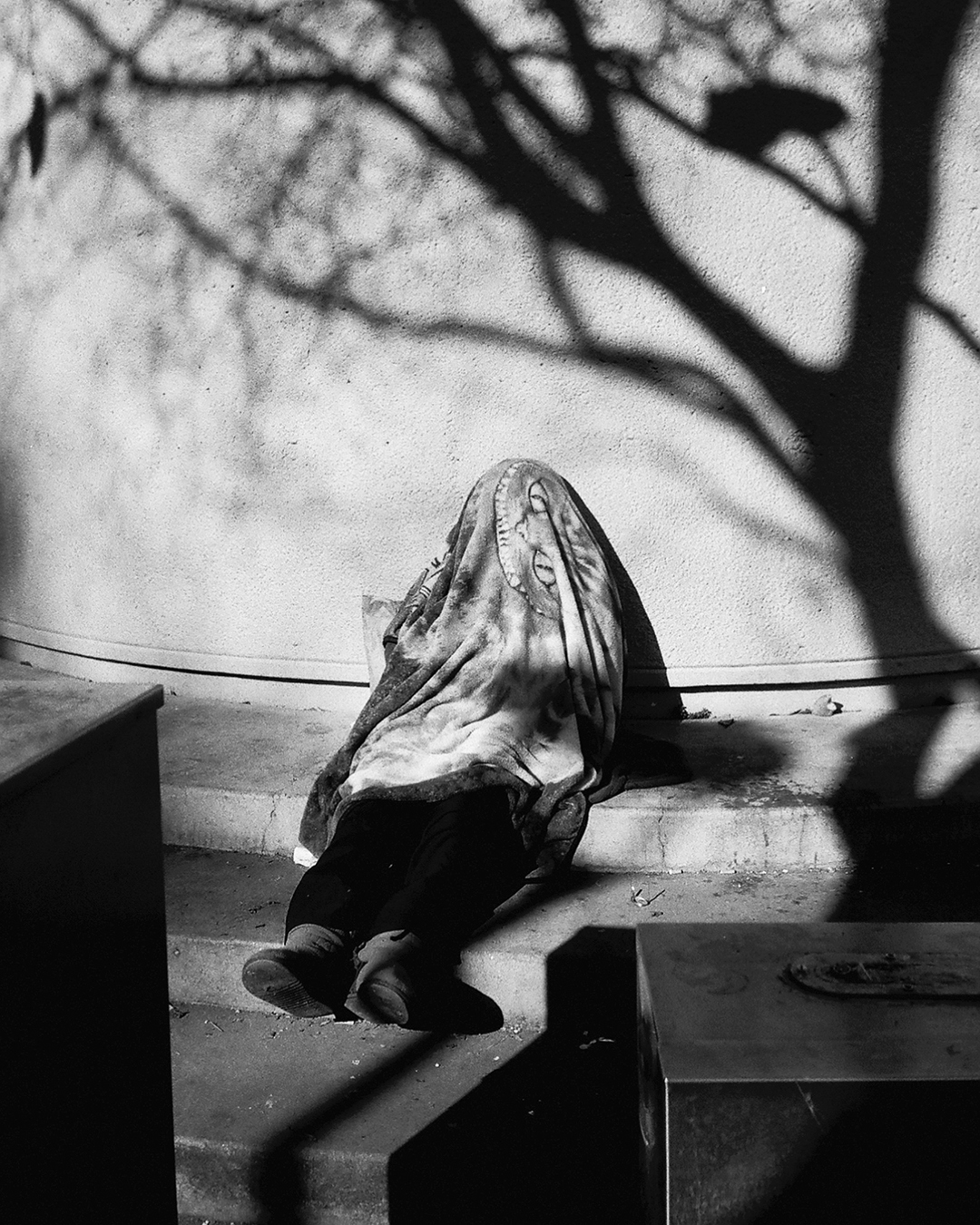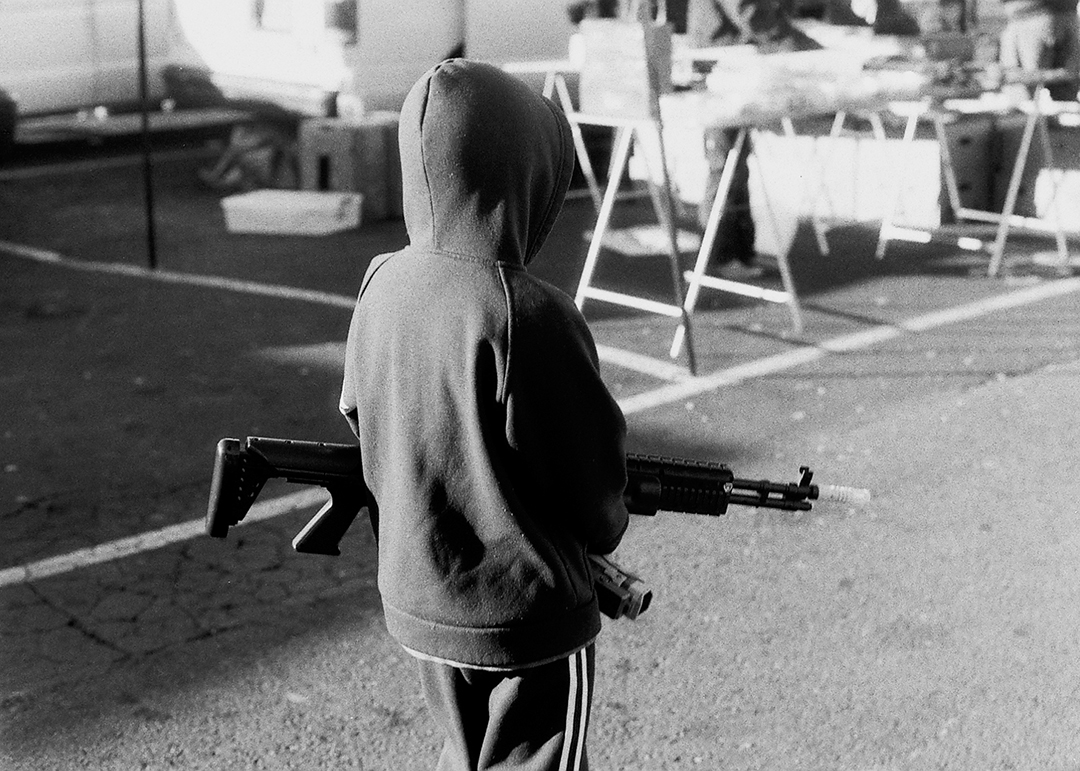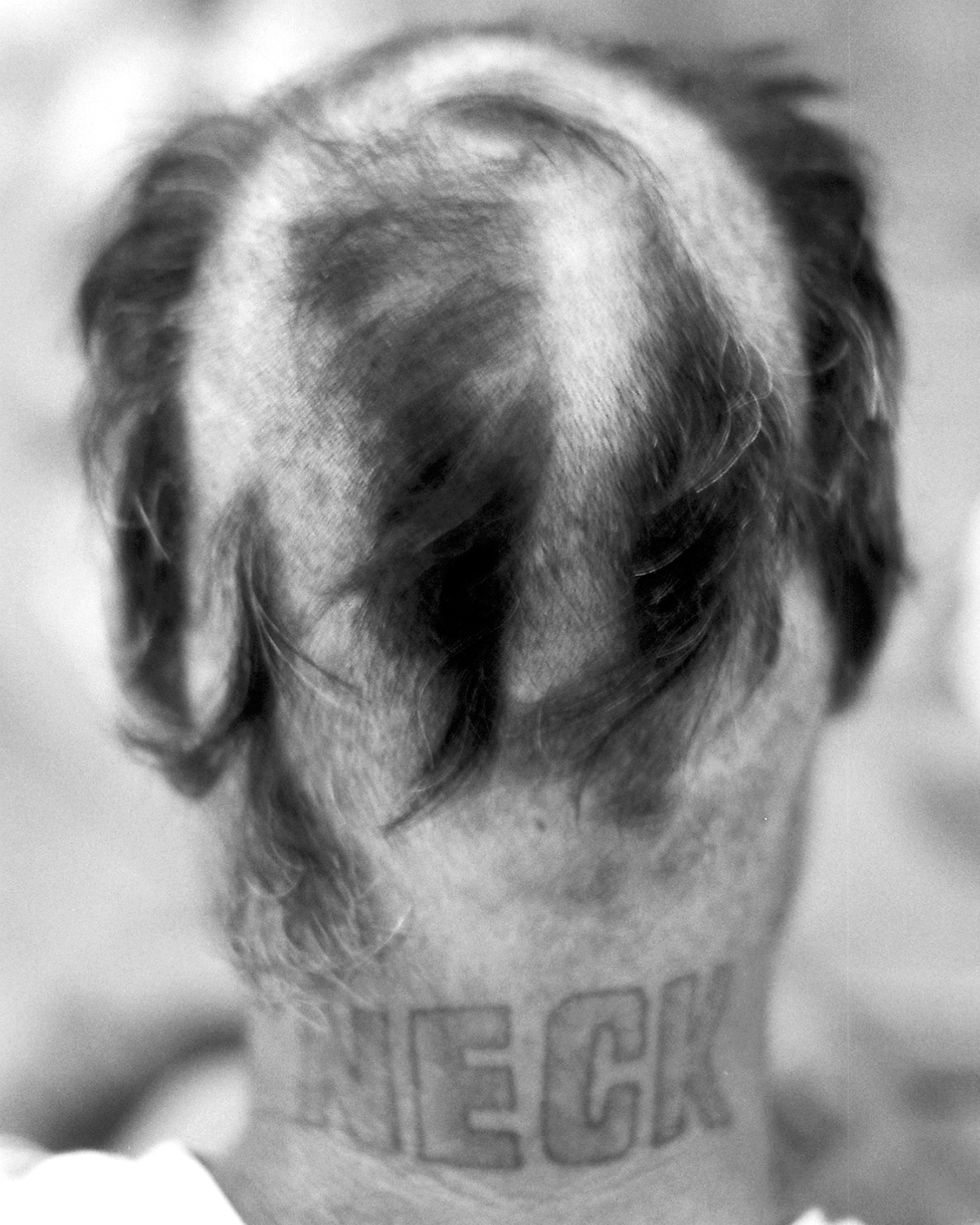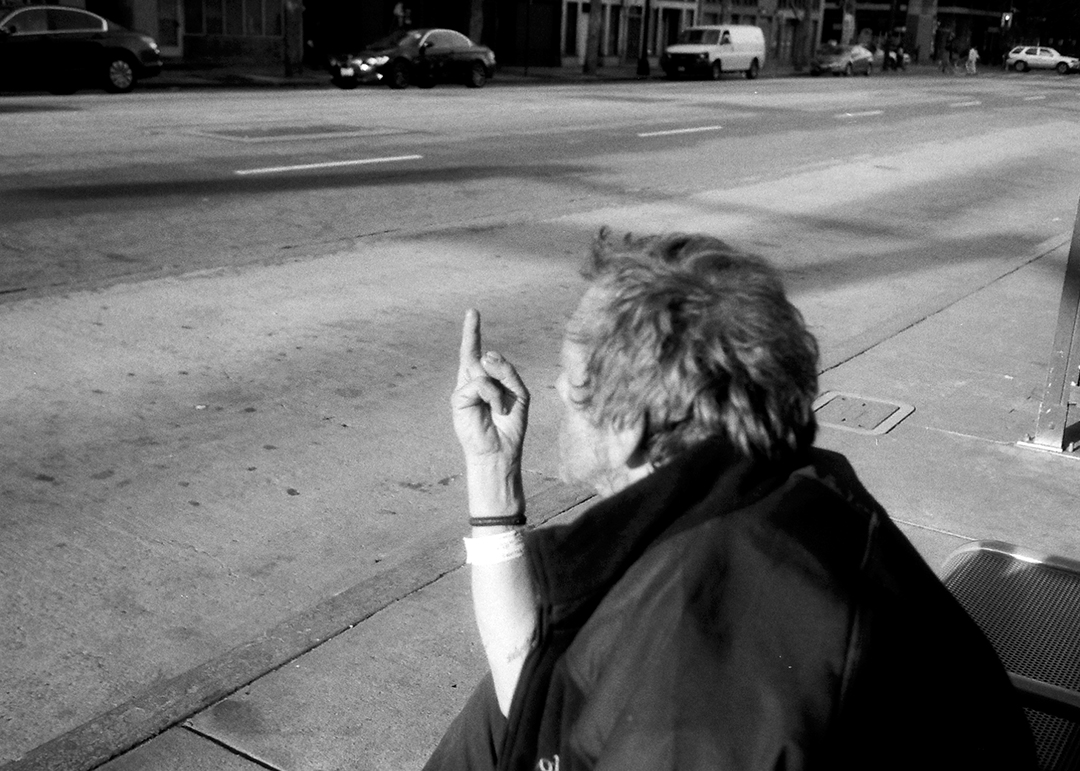
Photo by Ray Potes
DISCLAIMER: I am still figuring this out. I am not saying that you will be guaranteed any type of money if you listen to what I say or write. What I will say though is that if you do most of these things in a professional manner, for a few decades in a row, then maybe your chances of a career in photography move up a quarter of a percentage point or so.
This writing hopes to provide photo futuristic simulations in your mind if you are indeed following a path of photography.
As I said in the previous post, most photographers are running combinations. Just like having multiple camera setups, processing recipes, and print recipes we have money making recipes.
1. SERVICE – Shooting photos as a service to clients in exchange for money. Weddings, real estate, headshots, advertising, commercial, editorial, commissions, assignments, studio, documentary, etc.
2. PRODUCT – Selling your photography as a product to customers. Your photos in the shape of prints, books, tshirts, calendars, coffee mugs, fine art hanging on the walls of mansions and museums, etc.
3. SUPPORT – Creating services and products that support other photographers. Camera companies, photo labs, photo retail, publishers, gallerists, agencies, representation, design, etc.
4. EDUCATION – Creating services and products that support photography itself. Teaching classes, workshops, seminars, trainings, courses, speaking events, discussions, writing books, etc.
It’s not that complicated. Some are lucky and they find their place just doing one of these things and get really good at it. As mentioned earlier, most photographers, sometimes organically sometimes purposeful, find themselves running a bunch of these things simultaneously and/or falling into certain categories and then evolving onto other ones.
People often ask about how to get their photography noticed and I want to say match your current output to what current path that you want but I don’t say it because usually that person is not sure, hence the purpose of this blog post.
But I am not sure that is good advice because of randomness.
Like if you want to shoot basketball, then all of your front facing output should be all basketball and you should be reaching out to basketball media outlets for paid gigs and/or making basketball books, hanging photos in basketball museums, or starting your own basketball photo agency. This is simple and obvious and normal. But we have also seen it go random, where a person who shoots underwater landscapes happens to shoot his cousin’s basketball game and it turns out great and gets hired as the team photographer.
I think it is just appropriate to know all of this stuff and have some concept of a direction but also be open to all the possibilities. I started out wanting to shoot assignments for magazines and newspapers. I dreamed of splunking caves and getting portraits of a newly discovered species for National Geographic. I had a few good gigs, but mostly rejection. Meanwhile, people liked the zines I was making. So I kept making them.
Once you consciously decide to “get money” with your photography and put yourself out there, opportunities arise. Follow the white rabbit.




























































